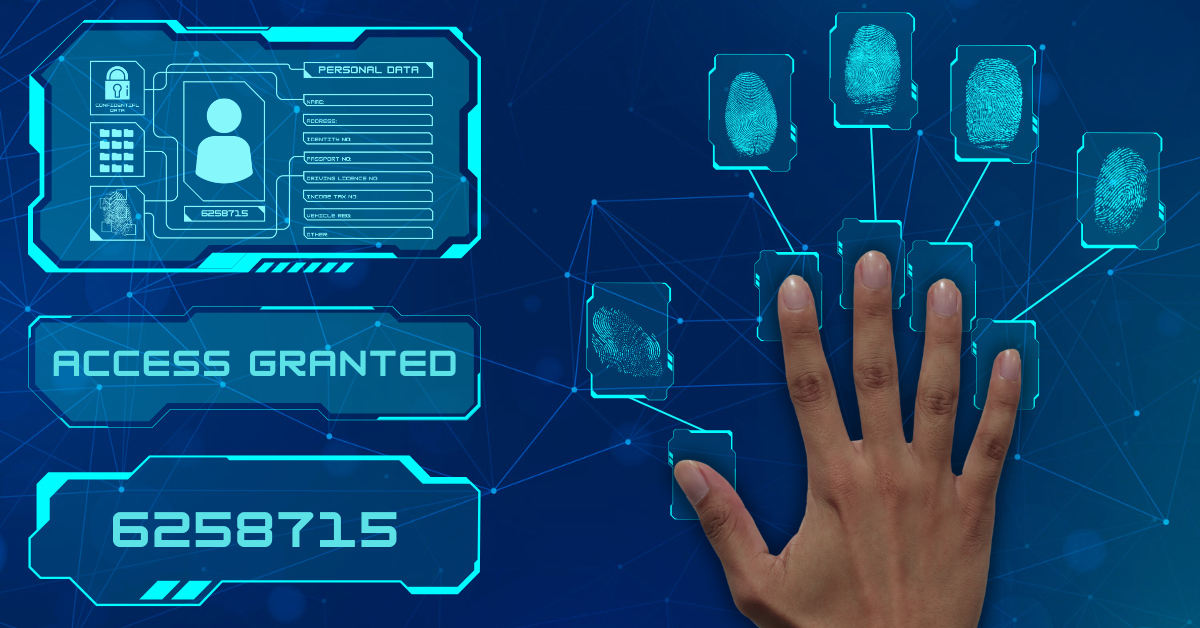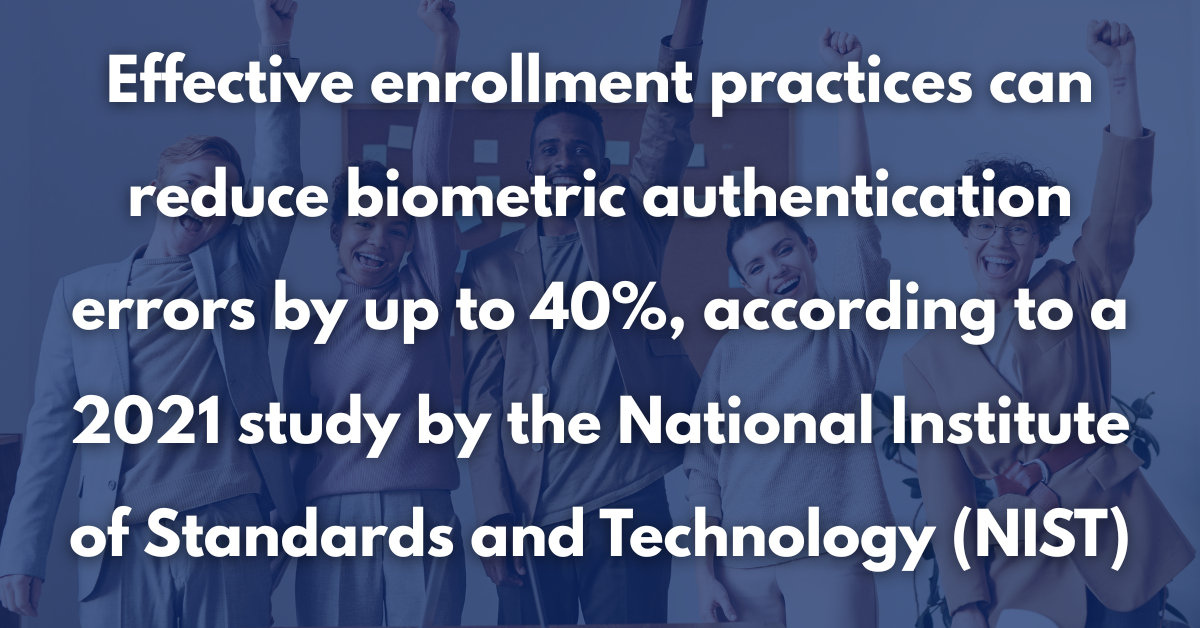Categories
Biometric security systems, leveraging technologies like fingerprint, facial, or palm vein recognition, are transforming how organizations protect sensitive areas and data. However, their effectiveness depends on proactive optimization to prevent vulnerabilities, reduce errors, and maintain user trust.
From outdated software to environmental challenges, common pitfalls can compromise security if ignored. This article delivers five biometric security optimization tips to strengthen your system’s performance, ensuring robust protection and seamless operation across diverse settings in 2025.

Selecting and configuring the right devices is a foundational biometric security optimization tip, ensuring compatibility with your specific biometric technology.
Fingerprint scanners are perfect for office spaces, 3D facial cameras for large venues, and palm vein systems for high-security areas.
Test settings with varied conditions (e.g., dim lighting for facial, humidity for palm) to optimize accuracy across technologies.
Robust enrollment and secure data management are critical biometric security optimizations for fingerprint, facial, and palm vein systems, preventing authentication failures and breaches.
Enroll users in a controlled environment to capture high-quality biometric templates.
For fingerprint systems, take multiple scans of at least two fingers, ensuring clean, dry hands for clarity.
Facial recognition requires capturing images from different angles, under consistent lighting (300–500 lux), to account for variations in expression or head position.
Palm vein enrollment demands a steady hand position, typically 4–6 inches above the sensor, with at least three scans to map vein patterns accurately. Use quality checks to ensure templates meet a 95% clarity threshold, re-enrolling if necessary to avoid future errors.

Capture 3–5 samples per modality (e.g., multiple angles for facial, varied hand positions for palm) to build robust profiles.
Train users on proper technique—light pressure for fingerprints, neutral expression for facial, steady hover for palm—to ensure consistency.
Protect biometric data with end-to-end encryption and tokenization, converting templates into non-reversible codes to minimize breach risks. Conduct biannual audits to verify compliance with regulations like GDPR, deleting outdated records promptly. Restrict backend access to authorized personnel using multi-factor authentication, ensuring data integrity across all modalities.
Implement AES-256 encryption for all stored data, whether fingerprint, facial, or palm vein templates.
Use role-based authentication to limit who can view or modify biometric records.
Adapting the environment to suit fingerprint, facial, and palm vein systems is a key biometric security optimization tip, as external factors can disrupt performance.
Facial recognition systems are particularly sensitive to lighting—position cameras away from direct sunlight, targeting 300–500 lux to avoid shadows or glare, and consider infrared lighting for nighttime use.
Fingerprint scanners, especially optical models, require protection from dust or moisture; install covers for outdoor units and maintain humidity below 60% to prevent condensation.
Palm vein readers need stable temperatures (0°C to 40°C) to ensure accurate infrared readings, so use climate control in extreme conditions. Regularly assess environmental factors during peak usage to identify and address issues like overcrowding or temperature spikes.
Use diffusers for facial recognition setups to manage inconsistent lighting, ensuring reliable face detection.
Equip palm vein scanners with enclosures in humid environments to maintain sensor accuracy.
Provide hand-warming stations in cold climates to support fingerprint and palm vein scans requiring skin contact.
Enhancing security against unauthorized access is a vital biometric security optimization tip for fingerprint, facial, and palm vein systems. Implement anti-spoofing features tailored to each modality—liveness detection for fingerprint scanners (e.g., detecting blood flow), 3D depth analysis for facial recognition to counter photos or masks, and vein pattern verification for palm readers to prevent replicas.
Update firmware monthly to address vulnerabilities, particularly for facial systems prone to evolving spoofing techniques. Use a multi-modal system or add a secondary authentication layer, such as a PIN or RFID card, in high-security zones to complement biometric verification, ensuring robust protection across all technologies.
Enable and test liveness detection on fingerprint and palm vein devices, ensuring performance.
Use multi-modal systems for critical access points, reducing single-point failure risks.
Schedule automated updates to keep all systems secure against new threats.
Continuous monitoring and refinement are essential biometric security optimization tips to ensure fingerprint, facial, and palm vein systems perform optimally. Use analytics to track failed authentication rates—high failures in facial recognition might indicate lighting issues, while fingerprint errors could signal dirty sensors.
Analyze user activity logs for anomalies, such as repeated failed attempts that might suggest spoofing. Conduct quarterly reviews with IT teams to adjust settings, like sensitivity for palm vein scanners or lighting thresholds for facial systems, and retrain users if patterns (e.g., incorrect hand positioning) emerge. Gather user feedback via surveys to address usability concerns, enhancing adoption across all modalities.
Monitor modality-specific errors—e.g., false rejections in facial systems due to angle issues—and adjust accordingly.
Use feedback to improve user experience, such as adding guides for proper palm positioning.
Retrain users or recalibrate devices based on analytics, ensuring long-term reliability.
Optimizing biometric security for fingerprint, facial, and palm vein systems is crucial for robust protection and user confidence in 2025. By choosing the right devices, strengthening enrollment and data security, optimizing environmental conditions, bolstering anti-spoofing measures, and continuously monitoring performance, these biometric security optimization tips provide a comprehensive framework. These biometric security enhancement strategies ensure your system remains secure, reliable, and user-friendly, positioning your organization as a leader in biometric security excellence.